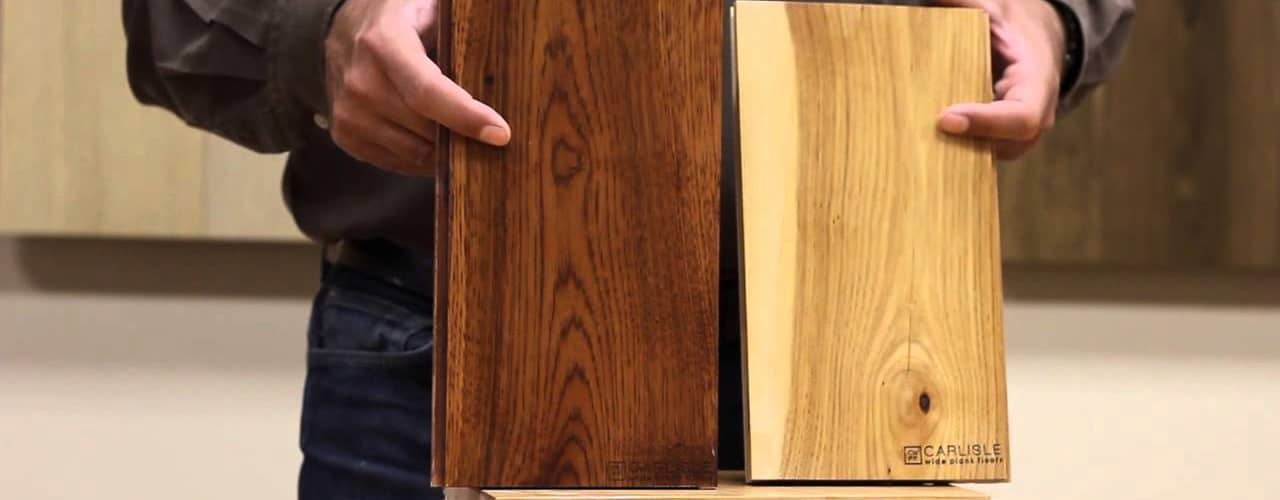So you’ve decided to make the switch to hardwood. You’re excited about no longer having to deal with stains on carpet and you can’t wait to enjoy that shiny, attractive, durable new flooring. Now comes the hard part; choosing the right hardwood flooring. There are many different options available, and the final decision is largely a matter of personal taste. Here are some tips to help you choose the perfect hardwood flooring.
Prefinished versus Traditional
When you choose unfinished wood flooring, you are making the sky the limit when it comes to color. You will be able to choose any shade of stain, or multiple shades. Create a border around the room, highlight certain areas; the only limit will be your imagination. But keep in mind that finishing hardwood floors is not for beginners. It takes a skilled craftsman to properly finish wood floors, and if you are not experienced in this field it is advised that you pay someone to do the job. There will be dust, and it will require additional time and money; but the end result can be the image you have dreamed of.
Prefinished floors are becoming increasingly popular. They offer the benefit of being ready to go as soon as they are installed. They often come with incredibly hard polyurethane finishes that will withstand a great deal of use and abuse. The downside is that they have beveled edges. So instead of your floor being perfectly straight across, there will be slight indentions between the rows. Some people can’t stand the beveled edges; other people aren’t bothered by them at all. This decision, like final color, is a very personal one.
Speaking of Color
This is a very personal decision. It’s like choosing the color for your car. Darker colors are sharp and look great, but will show every speck of dust, dirt and footprints.
Solid Wood or Engineered Wood
Engineered wood is a thin veneer over a plywood base. A good quality engineered wood floor is actually about the same cost as solid wood flooring. But there are some distinct advantages to engineered wood floors. For one thing, they can be installed in placed that tend to have more moisture; like basements, kitchens and bathrooms. They can be purchased as floating floors, allowing them to be installed directly over concrete. And because they are not as thick, they are also good choices for laying over existing floors without drastically increasing the floor level.
The primary downside of engineered wood floors is that they can not typically be sanded down and refinished. Those that do have the ability to be refinished can only be done one time, possibly twice. The grain pattern is also not quite the same thing as traditional hard wood.
Choosing Exotic Wood
If you are prepared to pay as much as 20% more than traditional Oak, Maple or Walnut; you can choose an exotic wood. Here, you can get a truly unique look and you can also choose from some more environmentally friendly options. Bamboo, for example, is an extremely hard surface yet grows incredibly fast. It’s considered a renewable resource, and looks fantastic.
The Other Environmentally Conscious Choice
Reclaimed wood is a truly environmentally friendly choice. It’s recycling at its finest, and you will have a floor that tells a story. The floor will be truly unique, and no new trees will be harvested. On the downside, this is one of the most expensive options, and is only available through specialty dealers.
So now that you know the options that are available, you are ready to make your final decision. Regardless of the wood species you choose, or the color your decide on, you are sure to enjoy your new wood floor for decades to come.
References:
Taunton: Choosing a Wood Floor



